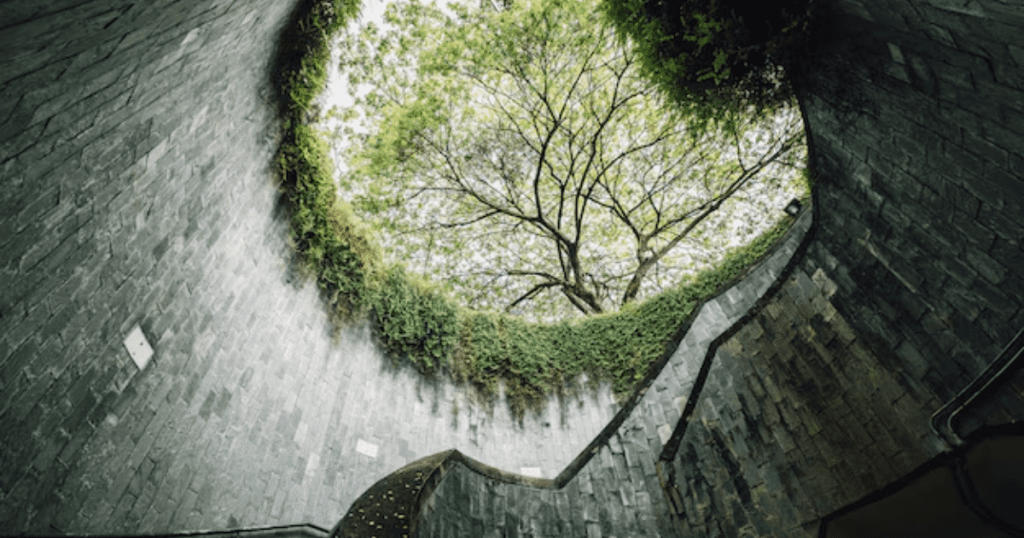Designing Spaces to Withstand the Weather
Perhaps the biggest practical advantage of the cave house design is that it is inherently resistant to severe weather. Built into a rock formation, this house avoids wind blows, direct sun rays, and torrential rains. This indigenous immunity reduces the extant use of big climate controls and adds to the energy efficiency of the house. For the builder, the design of the house which would minimize the natural immunity from aiming to achieve low-impact, green-friendly home meant building a house that has natural immunity.

This house is constructed on the rock, so the structure is inside, making it highly resistant to storms, something many traditional houses lack. By using the earth’s natural fortifications, the builder was able to minimize possible damage and maintenance and increase the energy efficiency and, at the same time, save the costs required in both respects. The constant temperature of the interior of the cave also reduces its dependence on artificial heating and cooling, even more reducing its environmental impact.
This design feature inspires any environmentally conscious individual interested in building resilient, sustainable homes. Be it earth materials, strategic placement, or energy efficient designs, the construction of sustainable homes with weather resilience offers environmental benefits alongside economic ones and proves sustainable design is smart as well as practical.





